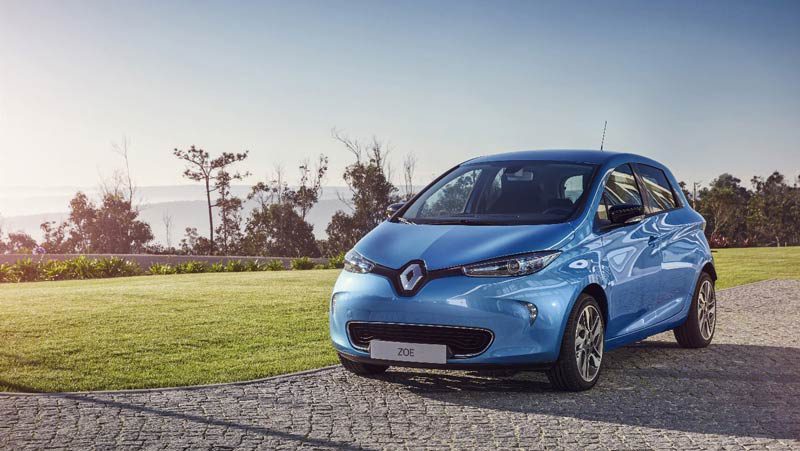Australian supplies of Renault’s all electric hatch, the Zoe, ran out in March this year (after selling just two units), so with the arrival of a new batch of 75 this July it was expected that Renault Zoe sales would pick-up for the second half of 2019.
Sadly, this is not going to be the case – as the majority of the batch were contaminated by an oil spill in the cargo area of the ship carrying them. As a result, they have all been quarantined in port awaiting assessment and cleaning up.
A small city hatchback with a pretty decent real world range of 300km based on the manufacturer’s estimate, the Renault Zoe has a 41kWh battery and maximum 66kW power delivered from its motor.
While it can charge at a rate of up to 20kW on a Type 2 AC charger, it does not have any DC fast-charging capability and thus is best suited to AC destination chargers when not charging at home.
A statement from the managing director of Renault Australia, Anouk Poelmann, should reassure Zoe order holders: “It is our commitment that no single vehicle will be released to our dealer network unless we are 100 per cent satisfied that there is no impact on the exterior, interior or future reliability of the vehicle.”
In the meantime – those awaiting the filling of their Zoe order will have to wait just that little bit longer. (Something potential EV buyers in Australia are rather too used to).
Note: a previous version of this article incorrectly stated that the real world range of the Zoe is based on the US EPA rating, and had an outdated motor output of 44kW.

Bryce Gaton is an expert on electric vehicles and contributor for The Driven and Renew Economy. He has been working in the EV sector since 2008 and is currently working as EV electrical safety trainer/supervisor for the University of Melbourne. He also provides support for the EV Transition to business, government and the public through his EV Transition consultancy EVchoice.

